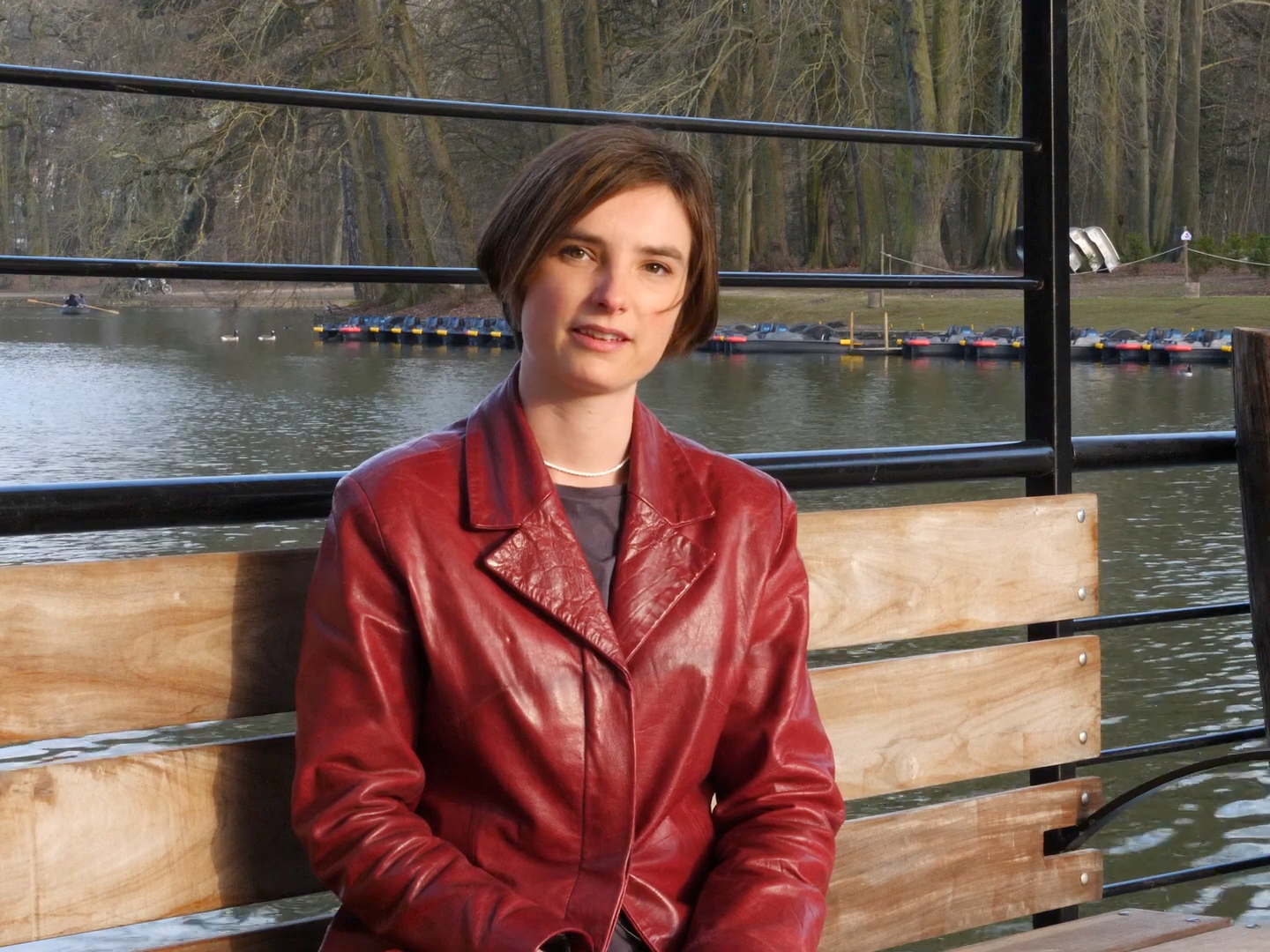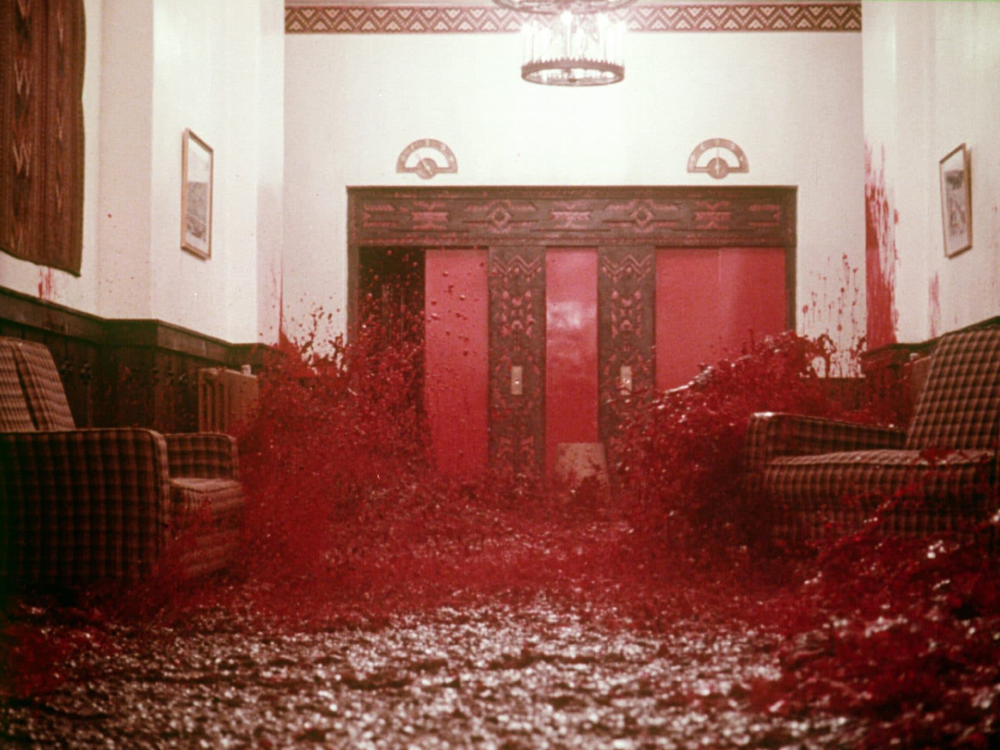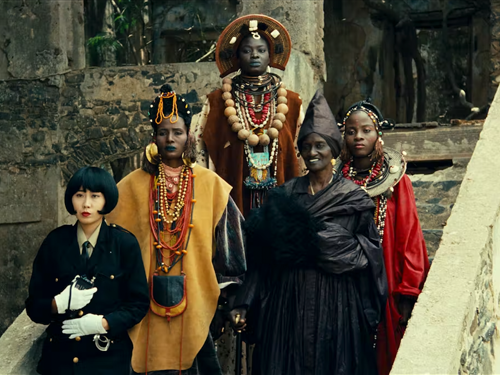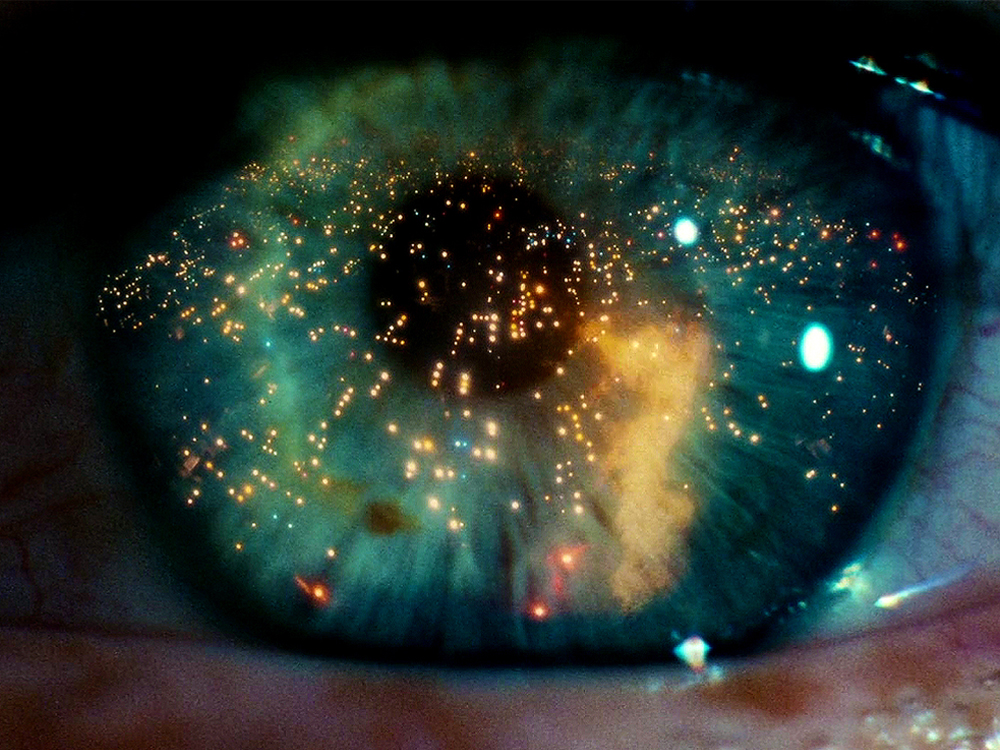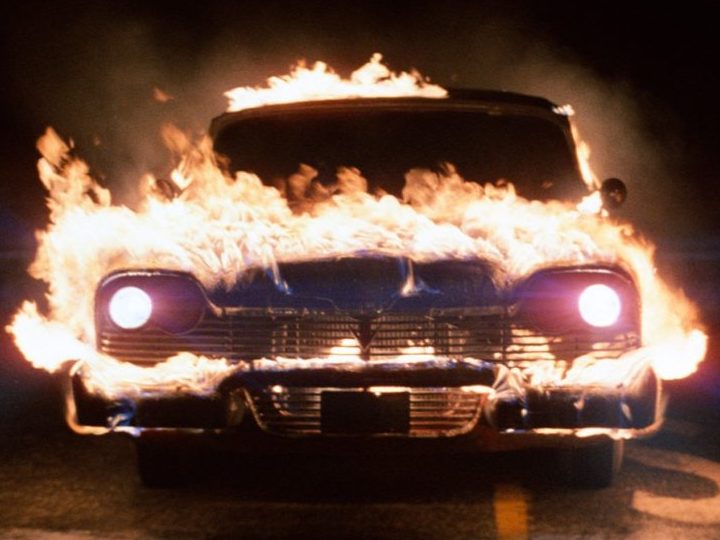Nina de Vroome
Nina de Vroome (1989) is Dutch filmmaker, teacher and author. She studied film at KASK / School of Arts Ghent and graduated with Waves (2013). Her filmography includes Een idee van de zee [A Sea Change] (2016) and Het geluk van honden [A Dog’s Luck] (2018). Her films were shown at international festivals such as Visions du Réel and International Film Festival Rotterdam. She is a writer and editor for Sabzian. As a teacher she is involved in various educational projects. She makes collages and engages in collaborations as a sound engineer and editor. More information about her work is available on her website.
Un point hors de l’arbre
The thirteenth episode of The Bandwagon, Sabzian’s irregular series of film-related mixes, by editorial member of Sabzian and filmmaker Nina de Vroome.
Song of the Open Road
The fourteenth episode of The Bandwagon, Sabzian’s irregular series of film-related mixes, by editorial member of Sabzian and filmmaker Nina de Vroome.


